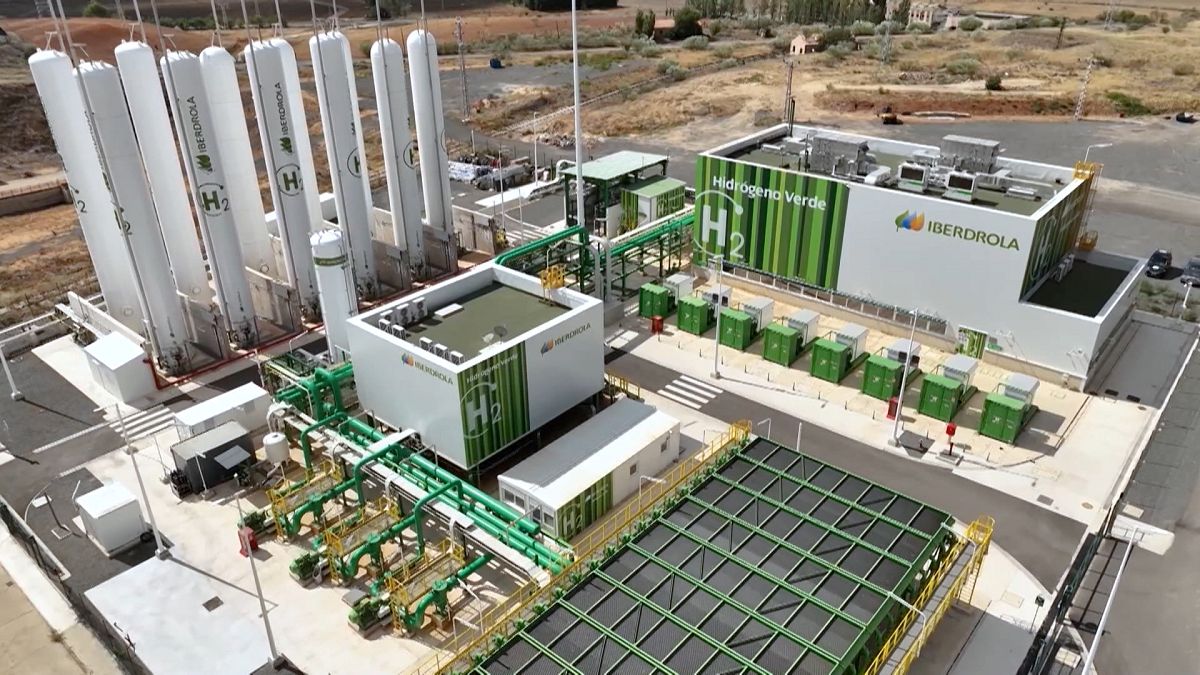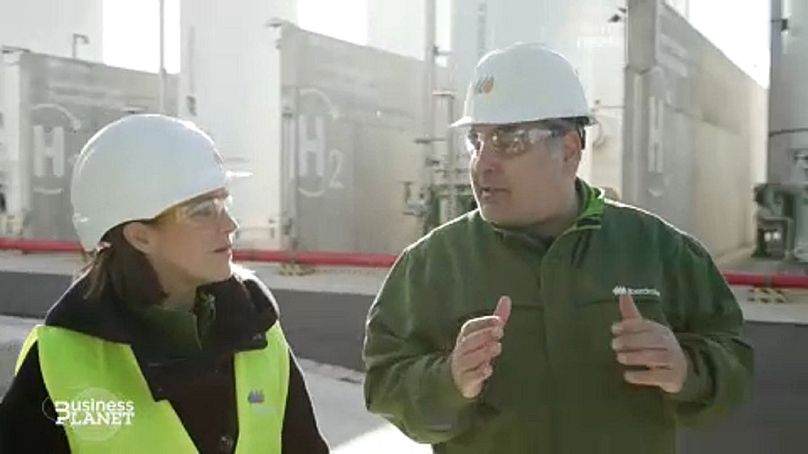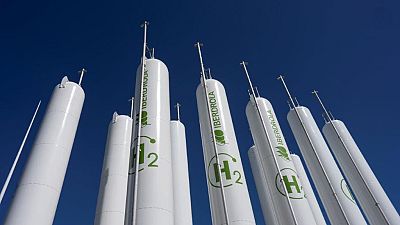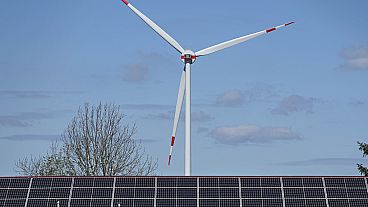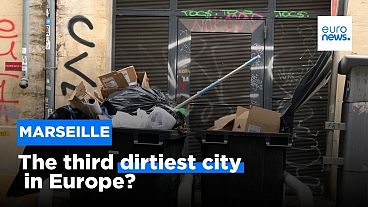Green hydrogen is predicted to be a leading renewable energy source in the future, but production in Europe must ramp up massively to hit targets.
In this episode of Business Planet, Euronews reporter Andrea Bolitho travels to Spain to see how a global leader in the renewable energy sector is maximising green hydrogen's potential.
The EU's regulatory advisor for renewable energy giant, Iberdrola, told Euronews that Europe can't rely on just one method to decarbonise heavy industry and other polluting sectors.
"Direct electrification is not always feasible or cost efficient so that’s where you need renewable hydrogen," Blandine Malvault said.
While the EU has pinned green hydrogen as one of the fuels of the future and aims to generate 10 million tonnes while importing a further 10 million tonnes by the end of the decade, renewable hydrogen production in Europe was just 20,000 tonnes in 2022.
Furthermore, 96 per cent of hydrogen used across Europe in 2022 was made from natural gas, resulting in significant carbon emissions.
"We need a clear regulation and a clear permitting process, and we need access to the [energy] grid," explained Carlos Fúnez Guerra, the Green Hydrogen Development Manager at Iberdrola.
Hydrogen is the most abundant substance in the universe. When burned it creates energy and water as a by-product. It relies on another form of energy in the production process, historically this other source was fossil fuels.
To make green hydrogen, a producer needs an electrolyser - a device capable of splitting water molecules into hydrogen and oxygen. Green hydrogen doesn't omit harmful carbon gases and has the potential to replace fossil fuels in the steel-making and heavy transport industries. Steel alone produces around seven per cent of CO2 emissions globally.
Green hydrogen also has the potential to drive the growth of renewable energy (as its production requires electricity from renewable energy sources), making it a further driver in the energy transition to a more decarbonised economy independent of imported fossil fuels.
Iberdrola is leading green hydrogen projects in the UK, Spain, Brazil, Australia and the US.
The company's goal is to develop regenerative energy value chains, for example, the electricity generated at a solar park in Puertollano, southern Spain, is used to make green hydrogen at Iberdrola’s nearby plant, which in turn is used to produce zero-emissions fertiliser.
"We supply this hydrogen to off-taker Fertiberia, it is a fertiliser company, it uses this hydrogen to produce ammonia and, after that with this ammonia, they produce a lot of fertiliser. Today with the hydrogen we supply, they can decarbonise 10 per cent of their ammonia production," added Fúnez Guerra.
Hydrogen is expected to account for up to 12 per cent of global energy use by 2050, according to the International Renewable Energy Agency (IRENA), but challenges remain.
Can Europe still reach its goal?
"The big question behind all of this is money and funds," reminded Malvault.
The European Commission has implemented a clean hydrogen regulatory framework and is investing heavily, so far, it has provided €22 billion and counting.
It set up the European Clean Hydrogen Alliance in 2020 to bring together major stakeholders and support the roll-out of large-scale hydrogen projects.
The first Hydrogen Bank auction, which had a budget of €800 million closed a few weeks ago, oversubscribed with more than 130 bids. This money has the capacity to generate 600 MW of renewable hydrogen projects. A second auction worth more than €2 billion euros will be held later this year.
But Malvault warned Euronews that more funding will still be needed to reach the EU's targets.
Swedish fossil-free steel consortium HYBRIT has started producing steel using green hydrogen to remove the oxygen from its iron ore, replacing the traditional coal-powered blast furnace.
Susanne Eriksson Rostmark, a research lead at Swedish mining company LKAB, one of HYBRIT's members, told Euronews that there are big delays in obtaining the permits necessary to use green hydrogen in the steel-making industry.
Green hydrogen is more expensive than fossil fuel-generated alternatives such as grey or brown hydrogen, however, the price gap is expected to narrow as the price of renewable electricity continues to fall.
Eriksson Rostmark added: "In the near to medium term future we see that the prices will be approx 20 percent higher than for brown steel and if you translate that into a car then it’s about less than 200 euros extra per car. So, we need to have customers who are willing to pay this little extra fee for fossil-free steel."
To watch Andrea's full report, click on the video in the media player above
